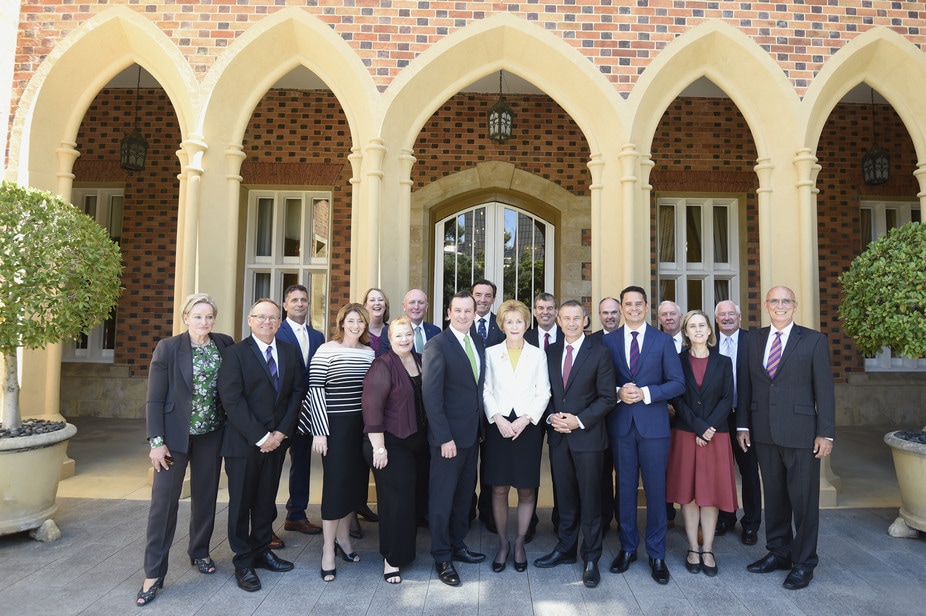|
Kerr, T. (2019). ‘Movements around island and waterfront reclamation projects’ in T. Kerr, B. Ndimande, J.V. Putten, D.F. Johnson-Mardones, D.A. Arimbi, Y.S. Amalia (Eds.) Urban Studies: Border and Mobility, 257-263. Leiden: CRC Press/Balkema.
Kerr, T. & Kartawijaya, T. (2018, August 31). The Missing stories form Montara oil spill media coverage. The Conversation. Retrieved from https://theconversation.com/the-missing-stories-from-montara-oil-spill-media-coverage-101788
Here is copy of Theo Kartawijaya's dissertation, titled Representation of the Montara Oil Spill in Australian and Indonesian Media, which I supervised in the Master of Media and Communication at Curtin University.
In this article, Shaphan Cox and I examine how national television visualized Fremantle City's decision to host an inclusive day of community celebration a few days after Australia Day:
This co-authored essay came about after two years of work in organizing the Re-imagining Australia Conference in 2016 for the International Australian Studies Association then editing two special editions of Coolabah focusing on critical and creative ways to re-imagine Australia. Here is the reference and link to the article:
Kerr, T. (2017). Roe 8: politics and power in defence of place. The Architect, Spring/Summer 2017, pp. 28-31.
This co-authored article in The Conversation is about the newly elected Western Australia premier, Mark McGowan, appointing the state’s first minister for Asian engagement, Bill Johnston. The appointment shows that McGowan’s administration understands how deeply embedded the state’s interests are in the Asian neighbourhood.
Kalla yarning at Matagarup: Televised legitimation and the limits of heritage-making in the city27/2/2017
Kalla yarning at Matagarup was appeared in the 'On the Borders of Belonging' issue (21) of Coolabah, published by the Centre d’Estudis Australians at Universitat de Barcelona.
The article aims to further understandings of popular television news reporting on Aboriginal solidarity gatherings at Matagarup on Heirisson Island, a state-registered Aboriginal Heritage Site in Perth, Western Australia. In doing so, it also seeks to identify the practical limits of heritage making in disrupting the legitimization of state action not recognizing such heritage claims. In 2012 and 2015, Aboriginal citizens gathering and camping at the heritage site were subject to police raids legitimized by popular media organizations reporting a breach of municipal bylaws prohibiting camping and fires on Heirisson Island. This paper examines a shift in popular television reporting over the three years towards acknowledging that Aboriginal people should be able to assemble, without police harassment, around a fire at the site. The most radical shift in reporting is observable in Nine News coverage of events. For this reason, eight televised items from Nine News in 2015 are analysed alongside Nine News reporting described in the authors’ previous study of reporting of events at Matagarup in 2012. The paper identifies and discusses the implications of two key dialogical processes in the news production: Firstly, a process of cross-cultural reading and shared understandings of fire as hearth, and secondly a process of reproducing a dominant discursive tradition locating home for Aboriginal people outside the city. |
Archives
February 2023
Categories |
||||||

 RSS Feed
RSS Feed